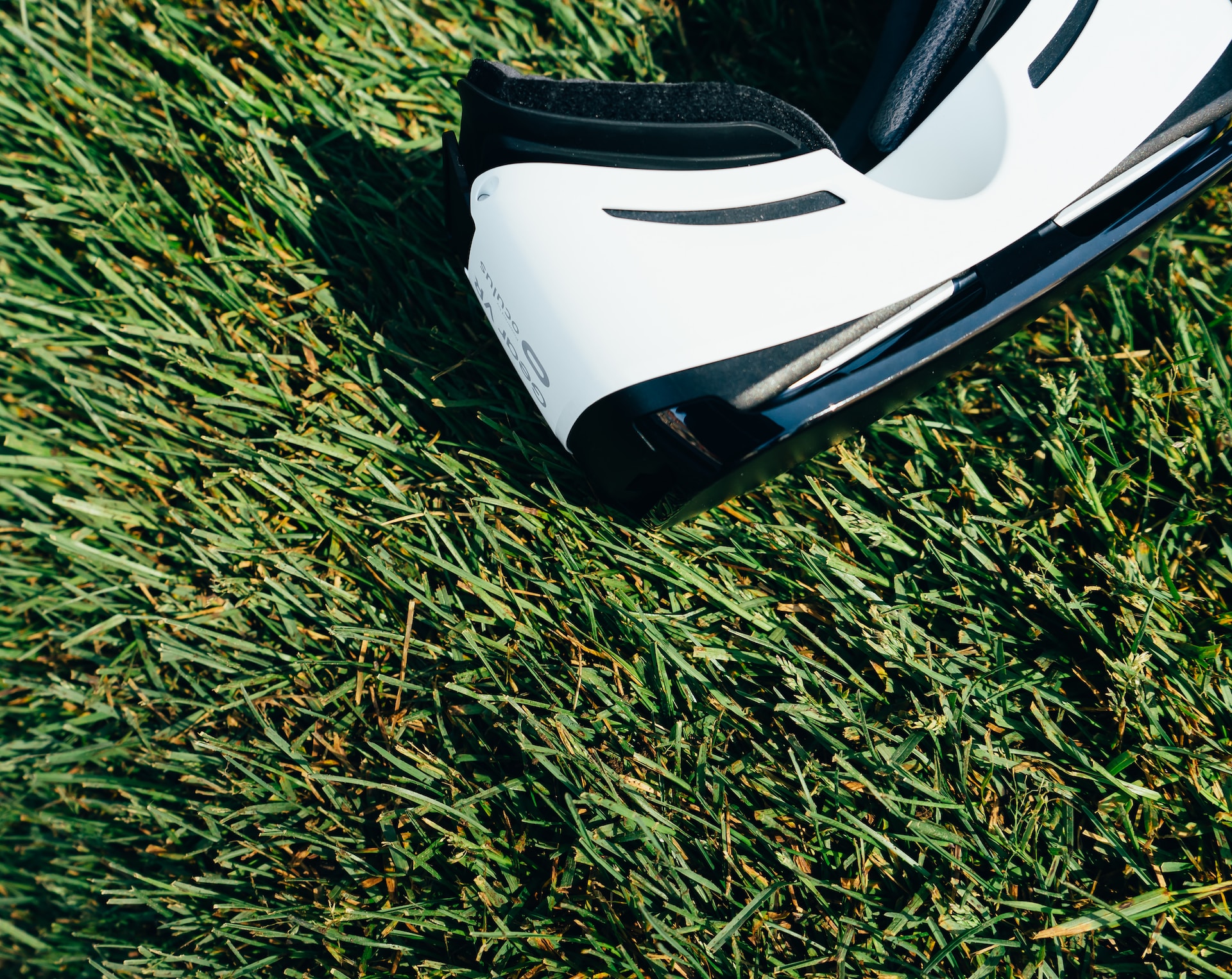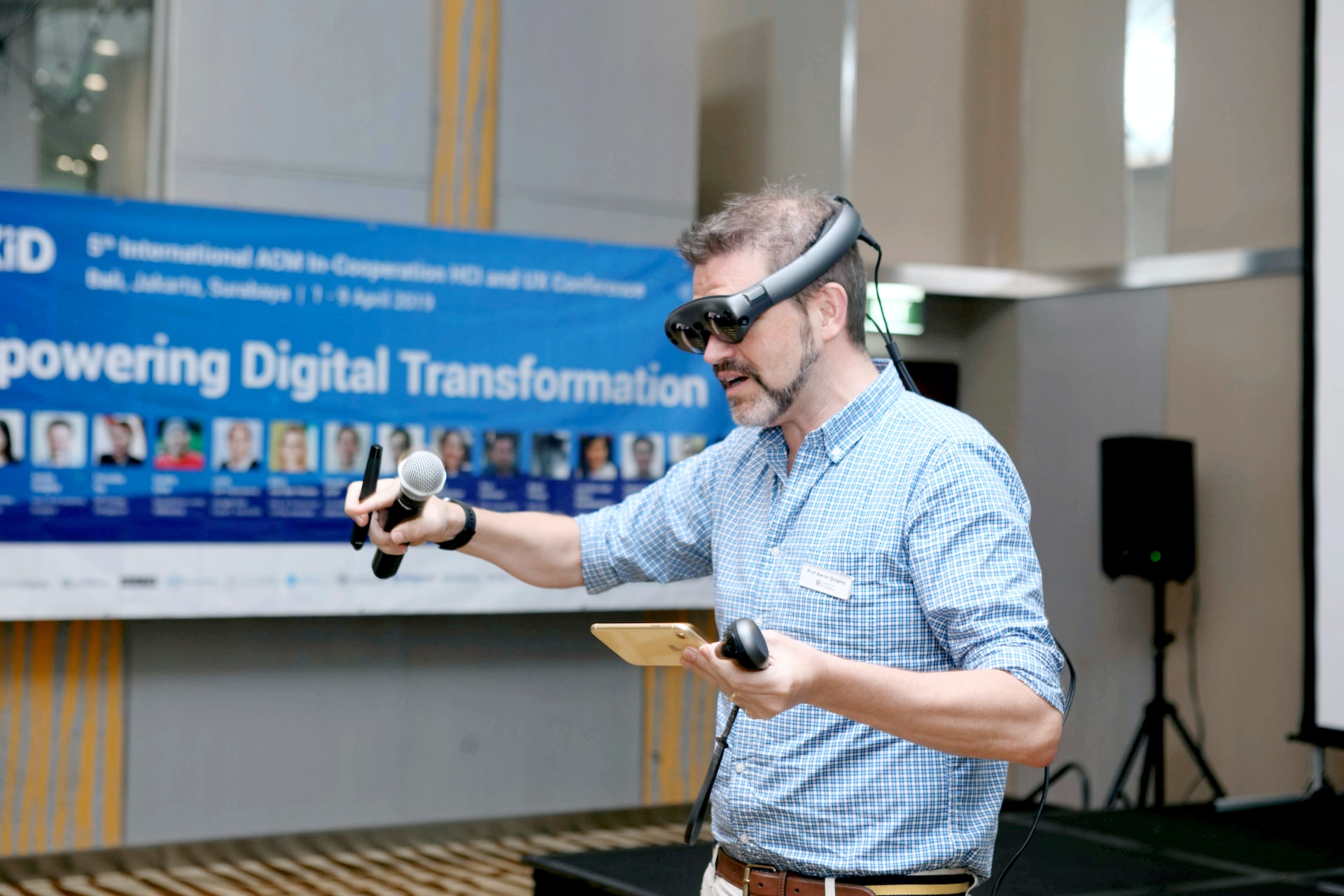Even if Pokémon Go lost its momentum, the technology the game is based on demonstrated AR’s tremendous potential to be tailored to other sectors’ needs. Chances are, if you recently purchased a mobile device, whether it’d be a smartphone or a tablet, it is already AR enabled. But how exactly does it work? Let’s explore the technology together.
Simply put, the purpose of Augmented Reality is to add to the reality you see: Using the camera on your device of choice, computer generated objects or effects will be combined with a live view of your environment. It lets people virtually experience, “try on” new products, new universes before completely engaging themselves in it.
To be honest, I also would be 80% sold on a product if I had the opportunity to get a better understanding of the solution it offers in my own space as it ultimately helps customers decide faster and speeds up the sale process.
AR HEADSETS AVAILABLE TODAY
Concerning your devices’ capability to smoothly run AR apps or games, you need to make sure the software can do so. For Android users, Nougat 7.0 or newer is needed, as for Apple afficionados, any iPhone from SE and newer is AR enabled.
The best thing about AR is that it does not necessary require complex devices to be enjoyed. Your screen is more than enough. Nevertheless, it is still impressive to do so with the help of dedicated tools manufactured to enhance the experience and bring it to another level. Here are a few AR enabled headsets available on the market right now:
- Microsoft Hololens has several microphones, an HD camera, a light sensor and the ‘Holographic Processing Unit’, which is responsible for letting users interact with 3D holograms that are displayed as part of the physical world. It is among the high range price devices as its capabilities targets high-end industry needs.
- Magic Leap One Similar to the Hololens. The displayed content lets the user interact with it. The difference lies in the way the user interacts with virtual content: with a controller that uses with a big button and a touchpad.
- Nreal Light are augmented reality smart glasses which are compatible with AR and VR applications. It possesses an excellent battery life of 8 hours.
WHICH AR HEADSETS?
Choosing which AR devices is the best for you totally depends on your practical needs and on your budget (of course). Hololens and Magic Leap have very strong specs and will be able to handle very specific use cases for example in the remote field support or medical industries, but your goal might not be that complex.
If your need is to enhance the way you’re presenting and selling products, having a HD camera, a light sensor and a ‘Holographic Processing Unit’ is clearly an overkill. In this case, you’ll prefer to go for a lighter device, less expensive, but which will still bring the value you are looking for: Innovation & Differentiation. If so, then you would better go for a cheaper option such as Nreal Light.
Finally, don’t forget that your iPhone or Android phone/tablet might also perfectly do the job, which would be more accessible for you and your customers.
WHAT DOES IT CHANGE FOR BUSINESSES?
In an otherwise flooded market, companies that have adopted AR technologies in their sales process have an additional competitive advantage. One of the reasons consumers might get reluctant to purchase goods online is the inability to interact with an item and test it to make sure it is what they are looking for, especially in the worldwide pandemic episode we are going through, unable to see and touch products in stores. AR is the opportunity to renew confidence in online shopping and change how businesses interact with their customers.
Curious to know how you can shorten your sales cycles, reduce your logistical and marketing costs, as well as set you apart from your competitors? Get in touch with us.




